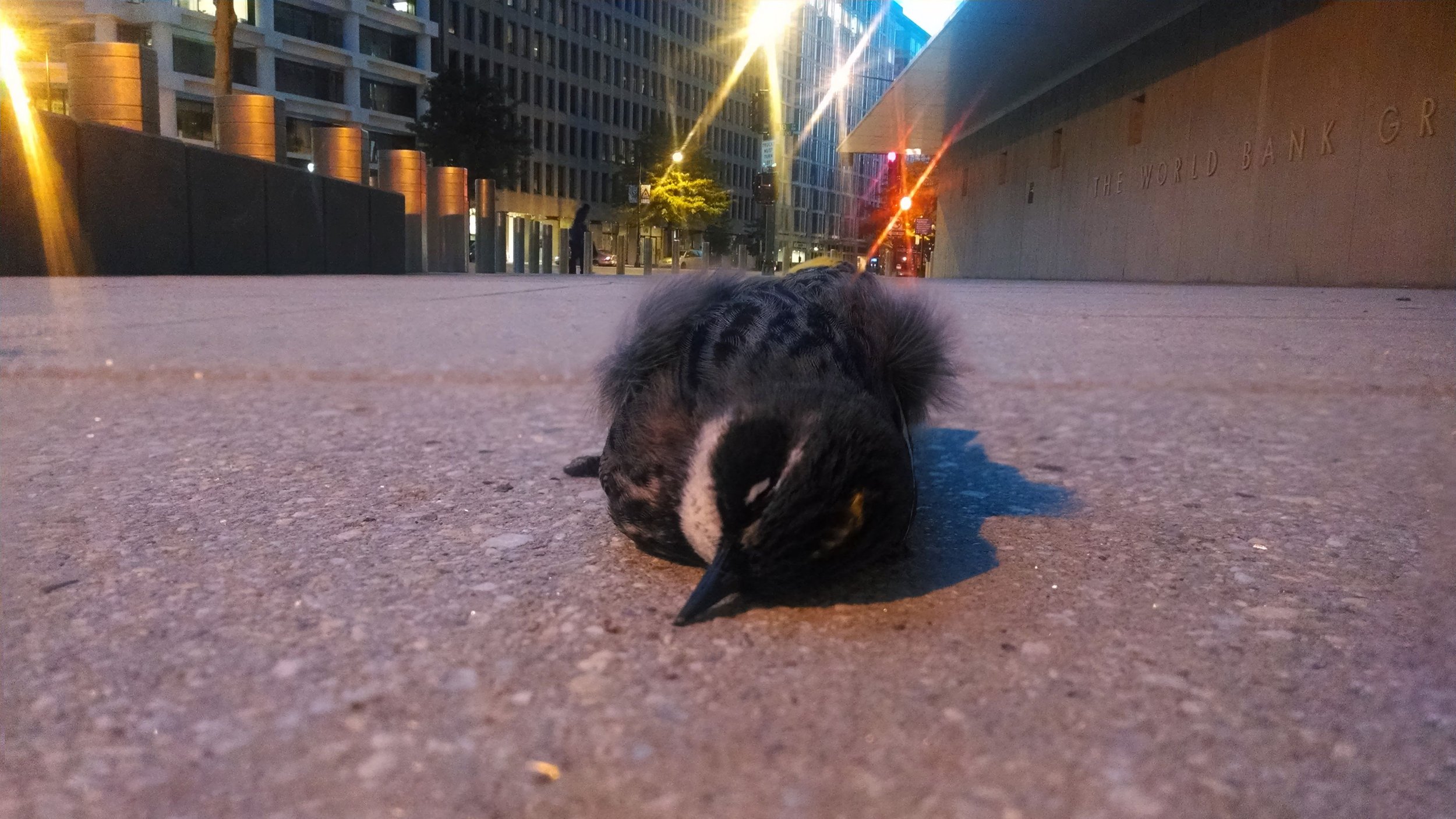Photo: La Palma, Canary Islands, May 2018, Copyright Babak Tafreshi, TWAN
Robin Duska
La Palma, Canary Islands, May 2018, Copyright Babak Tafreshi, TWAN
Remember the last time you saw the Milky Way?
Around 33 percent of the world’s population can’t see it. In North America, nearly 80 percent of us cannot.
“Lights Out: Recovering Our Night Sky,” open through 2025 at the Smithsonian National Museum of Natural History, introduces visitors not only to the serious problem of light pollution but also reminds us of the night sky’s wonders via gorgeous images of protected dark sky areas around the world and insights into human cultural connections across our shared sky.
“Milky Way, Starry Night # 2” by Margaret Nazon, Gwich’in Tsiigehtchic, Northwest Territories, Canada, 2021, Photo by Smithsonian
The “Who Needs the Dark?” section notes that many organisms evolved to live in darkness, just as many (including humans) evolved to be active during the day—and that we need a daily cycle of light and dark. “Light pollution is one of our fastest growing forms of environmental pollution” with the “main culprits” being “more lights aimed upward and more light being emitted per person.” Displays outline possible wide-scale ecosystem impacts for animals and plants when the light/dark cycle is disturbed and note that astronomical research is also being disrupted. It’s also estimated that about 30 percent of all U.S. outdoor lighting is wasted.
ASNV members may gravitate to a small exhibit featuring birds killed in window collisions. The International Dark Sky Association (IDA) and National Audubon Society chapters, often working with other organizations, have started Lights Out programs in North America to reduce deaths of birds diverted from their migration paths by bright nighttime light. No program exists in northern Virginia--the closest is City Wildlife’s Lights Out DC.
Victim of window collision, Photo Courtesy of DC Wildlife
Questions such as “how much light at night is enough?” challenge visitors. Many people are concerned that reducing outdoor lighting will reduce personal safety. Displays demonstrate how some lighting can actually reduce safety by making people and objects more difficult to discern.
This exhibition does not only warn, however--it also highlights success stories and notes that light pollution is a problem that can be solved. Displays include “Five Principles of Responsible Outdoor Lighting” solutions for common poor-lighting practices.
As a birder, I left wishing the exhibition informed visitors how to know when it is most important to turn off lights to protect migratory birds. BirdCast, a consortium of Cornell Lab of Ornithology and others, allows users to see a migration dashboard for their county and/or enter a town name here to see a forecast for the upcoming night and, for those near a Lights Out program area, to receive email alerts before high-migration nights.
If you are interested in helping ASNV start a Lights Out program in northern Virginia, please contact Tom Blackburn.




